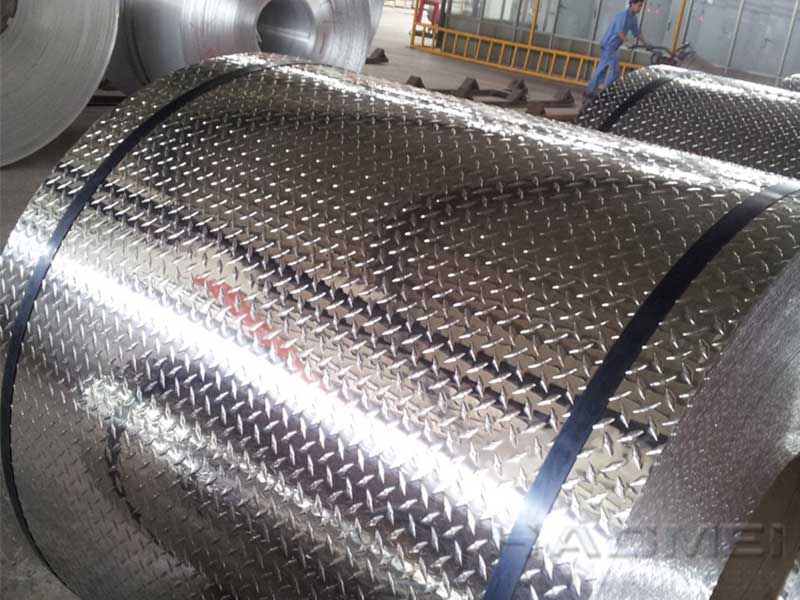Pipe insulation aluminum jacketing
Pipeline insulation aluminum jacketing operation process:
1. First of all, we must ensure the circumference of the pipeline after the heat preservation. It can be measured with a tape measure. It is recommended that you measure several places because the thickness of some pipes is not standard, so the circumference is also different in size, so it is necessary to measure a few more. Places.
2. After measuring the circumference, it is recommended that you ensure that the metal sheet is kept at 50mm or more. If the material of the insulation material is rock wool, glass wool or aluminum silicate, it is recommended that the galvanized sheet be at 60mm. There are several places to be measured at the elbow of the insulated pipe to ensure that the selected length of the elbow model is within the optimal range for unloading.
3. After the aluminum pipe of the pipe insulation package is cut and the elbow model is completed, the aluminum pipe of the pipe insulation can be processed. First, the edge of the aluminum jacketing is rolled using an aluminum edger (manual edger). The machine is to roll the aluminum jacketing laterally and longitudinally out of a side groove, which means that the length and width of the aluminum jacketing are rolled out one side to ensure that the aluminum jacketing tube has a lateral longitudinal edge after the rounding. It should be remembered that when rolling the aluminum edge groove, do not roll it. It is important to remember that the direction of the edge of each aluminum sheet is the same, so as to avoid the direction of the interface after the band is wrapped on the pipe, which affects the appearance. .
4. The next step is to use the aluminum embossing machine to trim the cut pieces of the elbow. This operation must be carried out by the knowledgeable personnel. Do not roll the straight edge. Use the adjustable edger. Directional aluminum crimping machine.
5. After the above aluminum material fittings have been completed, the pipe insulation can be applied to the aluminum sheathing. The aluminum pipe is surrounded by the insulated pipe, and the rope is tightened. One end of the rope is tied with a wooden piece. The stick can be tightened with the rope to adjust the size of the aluminum buckle to ensure that the aluminum jacketing is tight with the pipe. You can use the hand drill to drill holes and use the rivet gun to pull the rivet to ensure the thickness of the two ends of the pipe. Consistently, all of them can be fixed with rivets. It is recommended that you use a 4.2 drill bit and a 4*12 pull rivet. The aluminum buckles are lapped to maintain the expected calculated lap joints, and each aluminum tube must be overlapped by more than 50 mm in the longitudinal direction.

Aluminium Sheets
View Details
Aluminium Coils
View Details
Aluminium Foils
View Details
Aluminium Strips
View Details
Aluminium Circles
View Details
Coated Aluminium
View Details
Mirror Aluminum
View Details
Stucco Embossed Aluminum
View DetailsAluminum
- 6061 nickel-plated aluminum
- 2A10 aluminum round bar rod
- Performance of aluminum foil t...
- 6000 series Aluminum Sheet All...
- 5052 aluminum sheet and alumin...
- 2017 Aluminum SQUARE Rectangul...
- 3003 Anodised Coil
- 4032 aluminum round rod bar
- Aluminum sheet /aluminum plate...
- Aluminum L bar
- anodised aluminium angle trim
- 8A06 Anodized Circle
- The surface treatment of mirro...
- aluminum sacrificial anode
- aluminium winding wire supplie...
- CAC Foil for Rigid Circuit Boa...
- How much is the aluminum insul...
- Anodised aluminium colours she...
- Brief Introduction of 2014 alu...
- Aluminum anode assembly